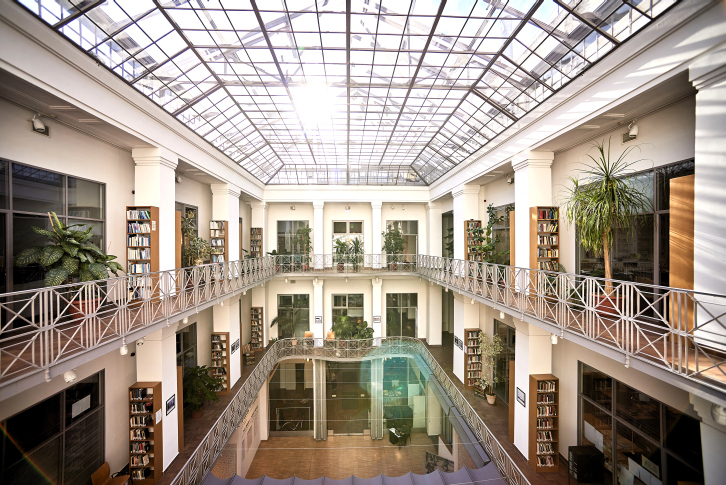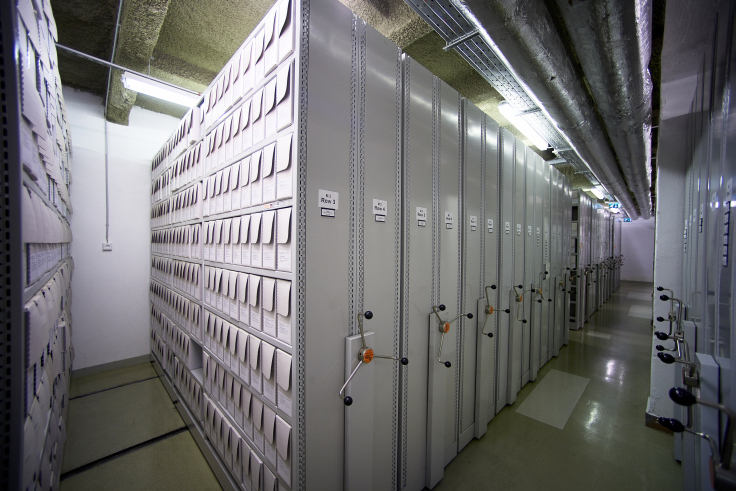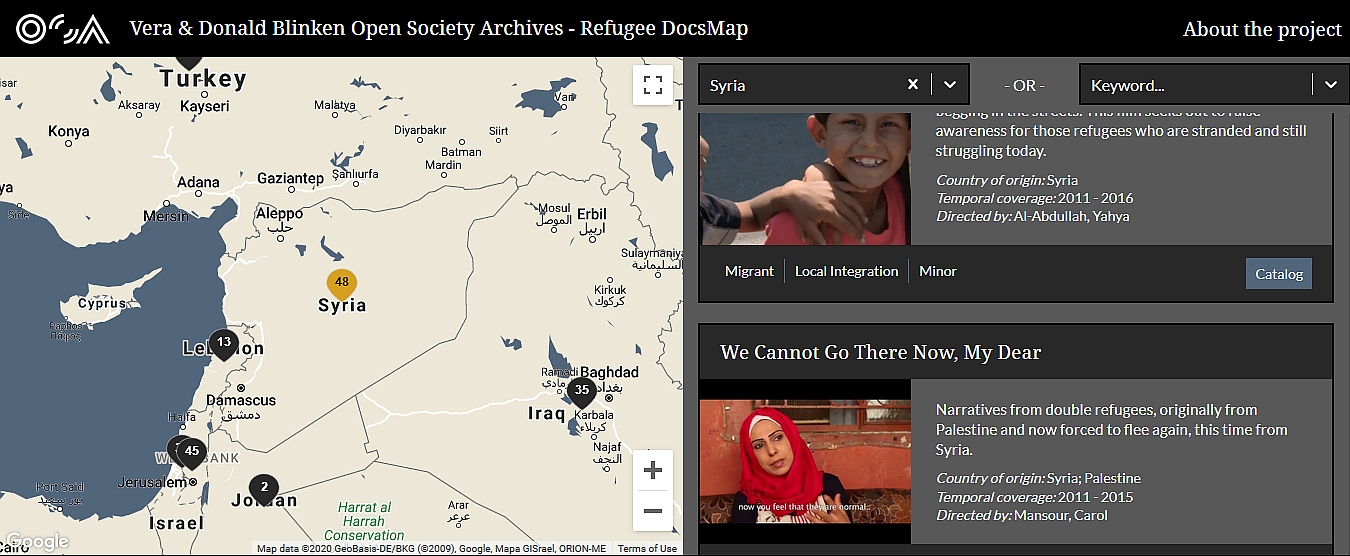Vera and Donald Blinken Open Society Archives
A Unique Position to Better Understand Struggles
 In January, 2020, I was thrilled to begin the internship program at the Blinken Open Society Archives. I had just been accepted into the Budapest Semester Program at George Mason University, and I was thrilled at the prospect of exploring a new city, and learning from faculty at Central European University and the Archives. Although this semester hasn’t quite turned out the way I imagined it would, I’m deeply grateful for the time I was able to spend at Blinken OSA, and for the opportunity to continue working remotely despite the pandemic.
In January, 2020, I was thrilled to begin the internship program at the Blinken Open Society Archives. I had just been accepted into the Budapest Semester Program at George Mason University, and I was thrilled at the prospect of exploring a new city, and learning from faculty at Central European University and the Archives. Although this semester hasn’t quite turned out the way I imagined it would, I’m deeply grateful for the time I was able to spend at Blinken OSA, and for the opportunity to continue working remotely despite the pandemic.
When I first arrived at the Archives, I was a bit intimidated by the sheer scale of the building and the amount of books and primary documents contained in the reading and archival rooms. During my first few weeks there, my supervisor, Csaba Szilágyi, showed me and the other interns the Film Library, and the underground document storage facilities. The Archives is housed in a former textile factory, meaning there is ample storage space for all kinds of documents. The Film Library holds everything from silent black-and-white films dating back to the early 20th century, to documentaries covering current crises, often sourced from the Verzió International Human Rights Documentary Film Festival, which is organized by the Archives annually. The larger document storage room, contained in the basement, houses expandable racks with hundreds of boxes of documents. These contain everything from official police documents to family photo albums, offering different perspectives on life during times of massive political and social upheaval.
 Archival holdings in the basement.
Archival holdings in the basement.
(Photo: Dániel Végel)
I enjoyed several of the physical exhibitions that I saw while at Blinken OSA. The curators were extremely adept at giving new life to old documents, blending artistic representations into their displays. In the last exhibit before quarantine, we saw a representation of a safe house used by religious dissidents in the Eastern Bloc. Being able to read otherwise mundane documents within this context really gave me a new perspective on their significance. Sadly, with experts anticipating that the need for social distancing will extend into the coming years, we have little choice but to rely on virtual exhibitions for now. Both the Digital Repository and the Curated Collections are great resources here. The Archives has digital collections and online exhibitions spanning from 1956 to 1989 and beyond. Additionally, the Blinken OSA blog launched a reading list on the pandemic, in an effort to counter disinformation. This illustrates how the Archives decides to be a "living archive," one that is constantly growing, expanding, and serving its academic community and the world at large.
During my time at Blinken OSA, I primarily worked on the Refugee DocsMap. This project organizes hundreds of films into an easy-to-read map with an integrated timeline and summaries for each film. The task of understanding the database was daunting; I wondered how so many events and individual experiences could be effectively distilled into a database. Going through the films one by one, I was struck how each one offered a different perspective on migration patterns that too often reduce people into statistics. By offering individual narratives, we are able to give a human face to these stories.
At a time when we have no choice but to use screens to collapse the distance between ourselves and the ones we love, we are in a unique position to better understand the struggles of refugees and internally displaced people.
 The Refugee DocsMap at refugeedocsmap.osaarchivum.org.
The Refugee DocsMap at refugeedocsmap.osaarchivum.org.
Although I was working on my project individually, I felt that I was a member of a larger community at the Archives. Everyone there was kind, friendly, and open to talking about their areas of research and interest. One thing that solidified this sense of community was the discussions we had as a community during in-house seminars. During these, we discussed the role of archival practices, compared ourselves to other archives around the world, and how we can improve and expand our archival work. These discussions were interesting and allowed me to understand archives at a level that I would not have been able to in a typical classroom environment. Working at the Archives has given me a head start in understanding how archives operate within larger academic communities. I truly enjoyed my time at Blinken OSA. I feel that the work I completed there was meaningful, and will help me in my future career.
(Front-page photo: Dániel Végel)

